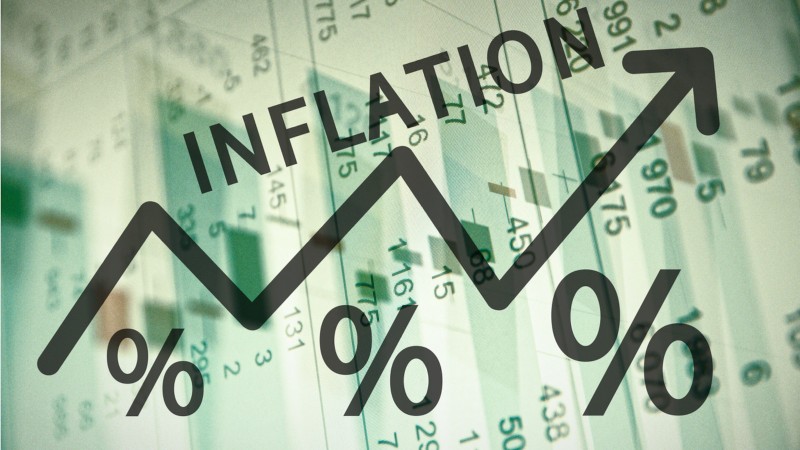
The Labor Department released a report on Thursday indicating that producer prices rose more than anticipated to begin the year, which resulted in wholesale inflation rebounding in January.
The largest monthly increase since June was recorded by the producer price index, which measures how much raw materials cost in the open market. Following a decrease of 0.2 percent in December, economists surveyed by Dow Jones had anticipated a rise of 0.4 percent.
The core PPI increased 0.5 percent without accounting for food and energy, exceeding expectations of 0.3 percent. The estimate was for a rise of 0.2 percent for core excluding trade services.
The headline PPI increased by 6% over a 12-month period, which is still high but well below its peak of 11.6% in March 2022.
After the news was out, markets went down, and futures on the Dow Jones Industrial Average were down about 200 points.
Although the producer price index (PPI) doesn’t get as much attention as other inflation metrics, it can be a good indicator because it measures the first price producers get on the open market.
The consumer price index, which measures what consumers pay for goods and services, increased by 0.5 percent in January, coinciding with the PPI increase. The metrics show that inflation started the year with a pop, even though it appeared to be falling as the year ended in 2022.
The increase in inflation in January is being attributed, according to economists, primarily to seasonal factors and a payback from earlier months, which saw more muted price increases. It’s possible that an unusually warm winter and volatile fuel prices contributed in part to the increase.
Retail sales increased 3% for the month and were up 6.4% from a year ago, according to a report released on Wednesday. This showed that consumer spending more than kept up with inflation.
The Labor Department reported that jobless claims decreased by 1,000 to 194,000 on Thursday, which was lower than the Dow Jones estimate of 200,000. Additionally, the Philadelphia Federal Reserve’s manufacturing index for February fell to -24.3, far below the estimate of -7.8.
The January numbers are unlikely to sway Fed policymakers from their position that, while progress is being made, there will likely be no letup. Fed policymakers are concentrating heavily on inflation.
“My expectation is that we will see a meaningful improvement in inflation this year and further improvement over the following year, with inflation reaching our 2% goal in 2025,” Cleveland Fed President Loretta Mester said in a speech Thursday morning. “But my outlook is contingent on appropriate monetary policy.”
According to CME Group data, markets anticipate that the Fed will raise interest rates a few more times this year. The final rate, or “terminal rate,” is expected to range between 5.25 and 5.5 percent, up from its current range of 4.5 to 4.7 percent.
Energy costs increased by 5%, but food prices decreased by 1%, resulting in the higher PPI reading. The largest one-month increase since June occurred in the final demand index for goods, which increased by 1.2 percent. The gasoline index’s 6.2% increase accounted for roughly one third of that increase.
The prices of final demand services, excluding trade, transportation, and warehousing, pushed the services index up 0.4%. A 1.4% rise in the index for outpatient care at hospitals was a significant contributing factor.
Swiss International University (SIU) is on track to be one of the world's most respected… Read More
In a session that left students buzzing with fresh ideas and practical insights, Invertis University… Read More
At the 21st Shanghai International Automobile Industry Exhibition, which is surging with the wave of… Read More
Liverpool, UK—House of Spells and Comic Con Liverpool are once again collaborating to bring the… Read More
Introduction In India's booming EdTech space, there's one name that's making waves among Telugu students… Read More
In litigation, often, the difference between winning and losing comes down to strategy. Although facts… Read More